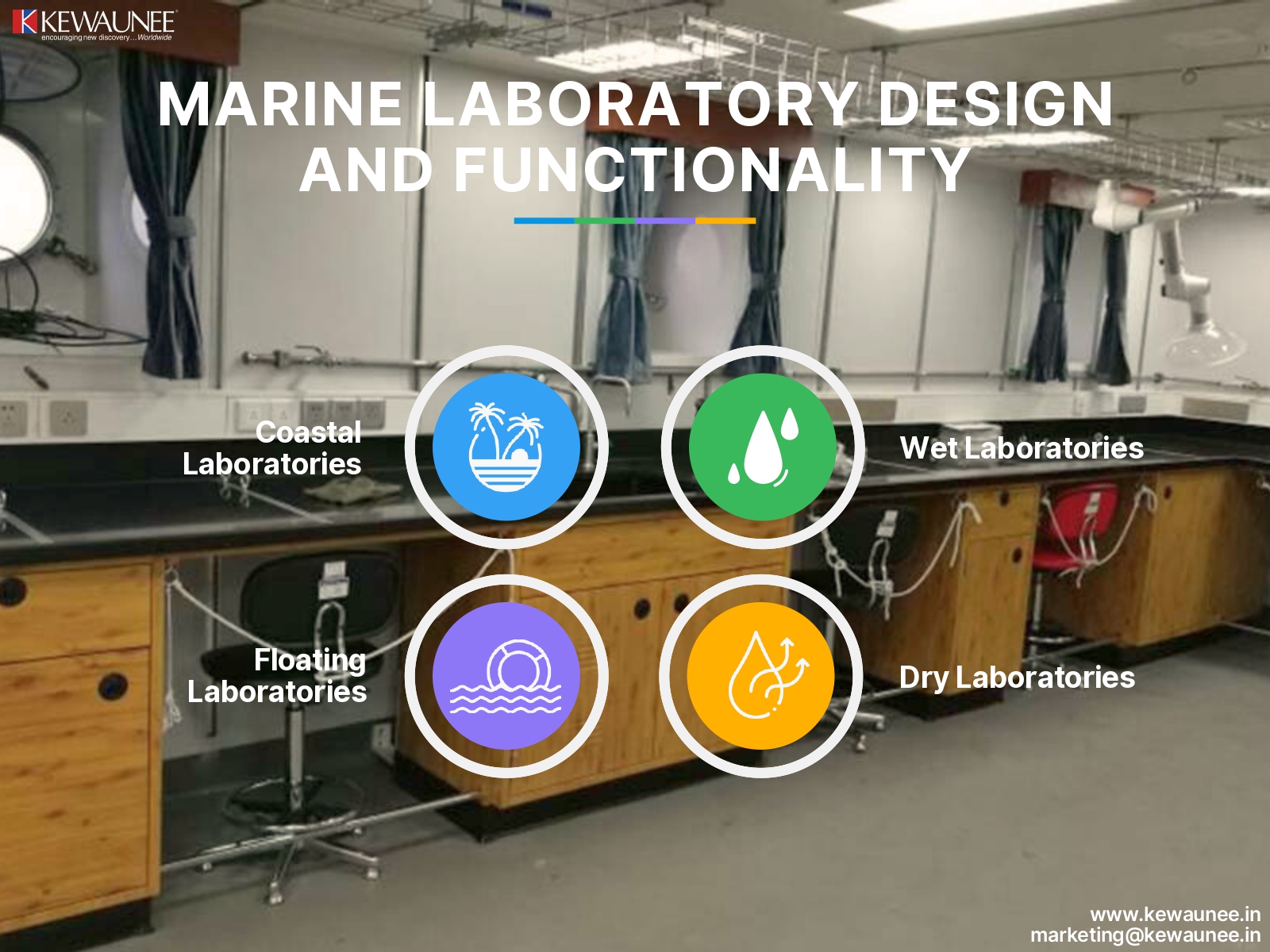Marine Laboratory Design and Functionality
Beneath the surface of the world’s oceans lies a realm of unparalleled mystery and complexity. Marine scientists seek to unravel the secrets of the deep, and at the heart of their exploration are specialized facilities known as marine laboratories.
In this comprehensive blog, we will dive into the depths of marine laboratory design and functionality, exploring the unique considerations and features that enable researchers to study and understand the oceans’ intricacies.
1: A World Below the Surface
1.1. The Ocean’s Secrets:
The oceans cover over 70% of the Earth’s surface and are home to a vast array of life forms and ecosystems. Marine laboratories serve as gateways to this hidden world, where scientists explore the ocean’s depths, biodiversity, and environmental dynamics.
1.2. Diverse Research Goals:
Marine research encompasses a wide range of disciplines, from marine biology and ecology to oceanography and climate science. Marine laboratories are designed to support these diverse research goals.
2: Location and Environment
2.1. Coastal vs. Floating Laboratories:
Marine laboratories come in various forms, including coastal facilities situated on land near the coast and floating laboratories positioned directly on the water. The choice depends on research objectives and logistics.
2.2. Environmental Considerations:
The marine environment is harsh and corrosive. Lab structures must be designed to withstand saltwater exposure, extreme weather, and potential seismic activity.
3: Unique Features of Marine Labs
3.1. Seawater Systems:
One of the defining features of marine laboratories is the use of seawater systems. They provide a continuous supply of filtered seawater for various research purposes, including aquaria and experimentation.
3.2. Wet and Dry Labs:
Marine labs include wet labs for immediate access to seawater and dry labs for instrument maintenance and data analysis. These spaces are designed for specific research needs.
4: Instrumentation and Technology
4.1. Cutting-Edge Equipment:
Marine laboratories are equipped with state-of-the-art instruments for data collection, such as remotely operated vehicles (ROVs), autonomous underwater vehicles (AUVs), and sonar systems.
4.2. Communication Infrastructure:
To facilitate real-time data transmission from remote ocean locations, marine laboratories require robust communication infrastructure, including satellite links and underwater data cables.
5: Safety and Environmental Protection
5.1. Environmental Impact Mitigation:
Marine labs are committed to minimizing their environmental footprint. This includes waste management practices and adherence to strict environmental regulations.
5.2. Safety Protocols:
Working at sea presents unique safety challenges. Researchers and lab personnel undergo specialized training and follow strict safety protocols to ensure their well-being.
Summary
In summary, marine laboratory design and functionality are essential components of marine research. These facilities enable scientists to explore the mysteries of the ocean and study its biodiversity, ecosystems, and environmental processes. Whether located on the coast or floating on the water, marine labs are equipped with seawater systems, wet and dry labs, advanced instrumentation, and robust communication infrastructure.
They prioritize safety and environmental protection, allowing researchers to delve into the depths of the ocean with precision and care. The world’s oceans continue to be a source of fascination and discovery, and marine laboratories are the platforms that make these scientific journeys possible.
Comments are closed.











